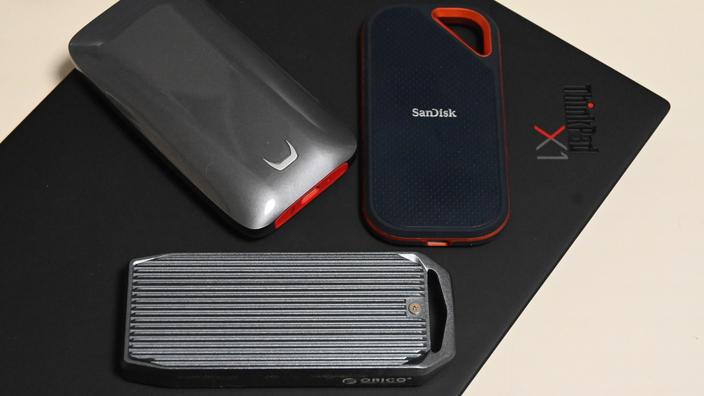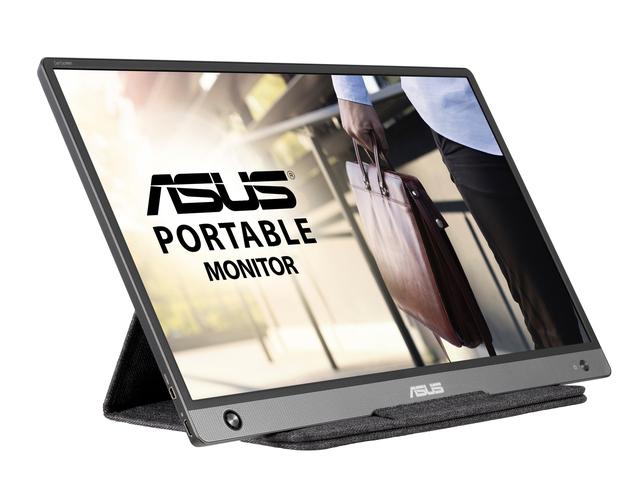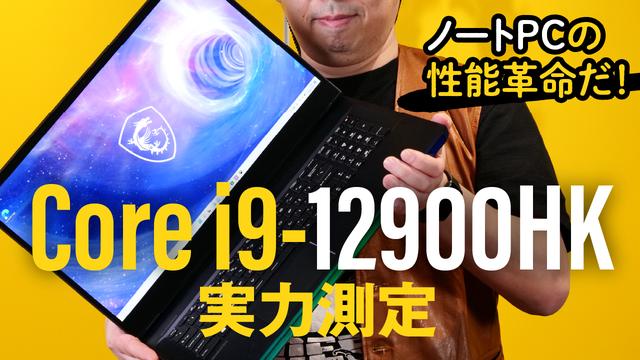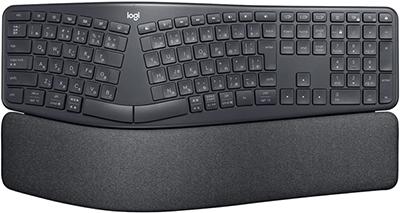Notebook PC "DAIV 5N" for creators equipped with new generation graphics
Mouse computer "DAIV 5N"
Not only the latest CPU and GPU, but also memory and storage for creators
This time I borrowed the latest Windows 11 model of "DAIV 5N". A Windows 10 model with the same name is also on sale, but please note that the specifications are different.
What are the performances and specifications that creators want in the first place? After all the main will be a high-performance CPU and a high-performance GPU. Ideally, if you buy a CPU now, it should support at least 4 cores and 8 threads. Especially for 3D rendering and video editing, the more cores you have, the better, and if possible, choose a model with 8 cores and 16 threads.
GPU is a little different for each purpose. While 3D modeling and VR development require high-performance GPUs like gaming PCs, GPGPUs that perform calculations with GPUs rather than 3D performance are the main in video production and photo correction, and discrete GPUs are required, but with cost Balance will also be important.
Based on that, looking at the CPU & GPU configuration of this machine, the CPU is Intel 11th generation Core i7-11800H and the GPU is GeForce RTX 3060 Laptop GPU. The CPU is a high-end class for notebook PCs that support 8 cores and 16 threads. The GPU is a middle range class and has the performance to realize the latest graphics and AI functions such as RTX and real-time rendering.
And one of the features supported by the latest GPUs is Discrete mode.
For notebook PCs that are normally supposed to be battery-powered, it is possible to use the MS Hybrid mode, which switches between a low-performance but power-efficient GPU integrated into the CPU and a high-performance discrete GPU depending on the power state and load state. many. However, when using the discrete GPU side in MS Hybrid mode, it takes a lot of time and effort to transfer the image drawn by the discrete GPU to the integrated GPU side and display it on the display from there. Therefore, strictly speaking, there is a slight delay.

However, Discrete mode outputs directly from the discrete GPU to the display by explicitly setting it to use the discrete GPU. This Discrete mode will be useful in development environments where you want to strictly manage delays, or in applications where slight delays can cause discomfort, such as VR, which is usually not a very noticeable issue. ..
Furthermore, in PCs for creators, we must pay attention to memory and storage rather than specializing in parts such as CPU and GPU. First of all, regarding those capacities, recently, the standard memory capacity of 16GB has become commonplace even in notebook PCs.
It has a little extra capacity for general use, but it is also the minimum capacity for creative applications. This machine can meet the needs of creators even with the standard configuration, and can increase the capacity by BTO customization if necessary. Memory can be customized up to 16/32 / 64GB. For example, when dealing with many timelines in video editing, or when dealing with high-resolution video sources such as 4K, you should consider increasing the volume.
I also want to consider the storage capacity according to the data size of the file to be handled. The standard is 512GB. Considering that there are materials and output data for creative use, as well as retakes for output files, it is better to select the storage capacity with a margin according to the intended use. By the way, the DAIV 5N can be equipped with up to two PCI Express Gen.3 x 4 connection M.2 standard SSDs, so for example, ultra-high-speed M.2 SSDs for system drives and separate storage for work areas can be sorted. It can also be used.
Another important point is the speed of memory and storage. In this machine, the memory is DDR4-3200 dual channel mode, combined with the maximum speed supported by the CPU. The storage is an M.2 SSD with a standard configuration and PCI Express connection, but please pay attention to BTO customization. An M.2 SSD that supports NVMe with a PCI Express 4.0 x4 connection is available.
In the standard configuration, it is common to use SSDs of about 2GB / s class for sequential read, which has a large price advantage. This speed will be sufficient for learning and sub-development machines, not only for normal use but also for creative use. However, when considering productivity, we recommend customizing to a faster PCI Express 4.0 x4 connected SSD. The model I borrowed this time was customized to a PCI Express 4.0 x4 connection SSD (BTO price: 8,690 yen / tax included), so let's introduce the speed as well.
The high transfer speed of the storage means that, for example, the time required to read the source video into the video editing software is shortened. When 4 images, 10GB in total, were copied in the C drive, this product with sequential read 6.5GB / s and write 4.7GB / s took 5.9 seconds, and the comparison target sequential read 2.5GB / s and write 3.3. For GB / s products, there was a difference of about 0.5 seconds, which was 6.4 seconds. Although it is not doubled, these differences accumulate, and by the time the work is created, it may be in minutes or hours.
And since many video editing software creates a cache file for preview on the storage, the response is quick. Even if the difference in each work is small, the "waiting time" that can be reduced through one work or a project cannot be ignored. In this way, the points of this machine are high-performance CPU, GPU with sufficient performance to use GPGPU, sufficient capacity and high-speed memory & storage. Comfort will give you more room and improve the quality of your work.
Also, since I have prepared a comparison target this time, I tried to compare with 4K / 60p → FHD / 30p transcoding by Handbrake. Both CPUs are Core i7, but the comparison target is the 10th generation Core i7-10750H (6 cores 12 threads), and this product is the 11th generation Core i7-11800H (8 cores 16 threads).
The fps (frame rate that can be processed per second) at x264 is 59.58 fps, which is almost real time , while the comparison target is 40.42 fps, which takes nearly 1.5 times as long as real time . The fps at x265, which is heavier, was 50.56 fps for this product, while the comparison target was 33.78 fps.
Considering one project, reading a video file is not enough with only about 10GB, and rendering of video is not enough. It takes time to improve quality, but time is up to delivery. In the creative field, it is important to produce on a high-performance personal computer.
Click here for details on "DAIV 5N"






![[July 6 and 7] DX realized by content cloud, advanced platform for business transformation](https://website-google-hk.oss-cn-hongkong.aliyuncs.com/drawing/article_results_9/2022/3/9/6bbafe438d78271513761788166cbf94_0.jpeg)

